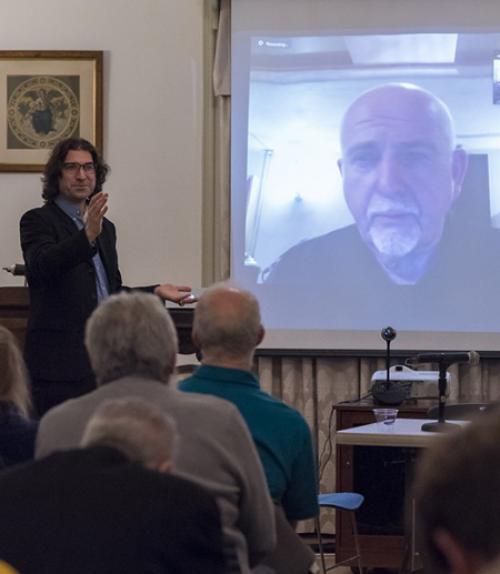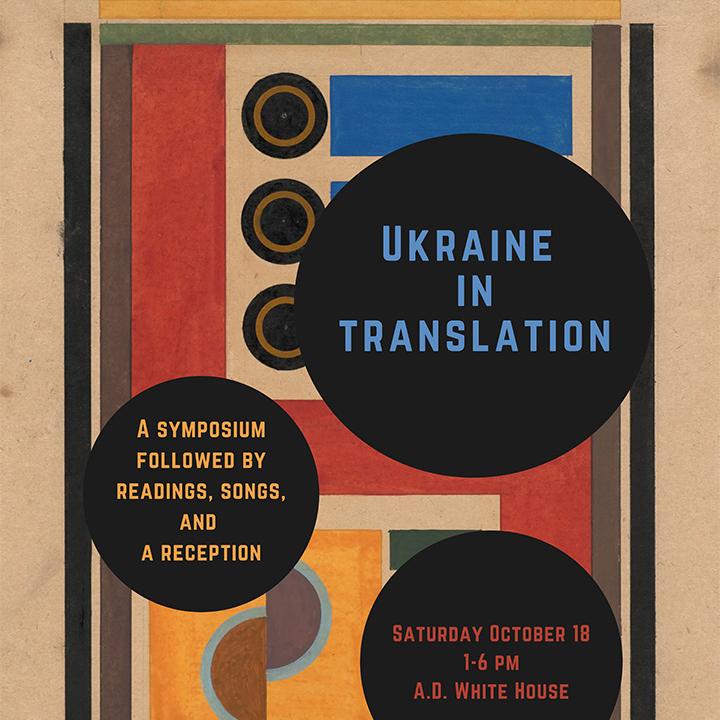
 Department Homepage
The College of Arts & Sciences
Department Homepage
The College of Arts & Sciences
Forum highlights the connections between humans and apes
In the early 1980s, Peter Gabriel sang “Shock the Monkey.” But about 15 years ago, the English musician became more interested in jamming with apes instead.Bonobos, specifically.“I had always been fascinated to see how we might interact musically,” said Gabriel. “I was blown away at the obvious intelligence of the beings that I was sharing the space with.”



